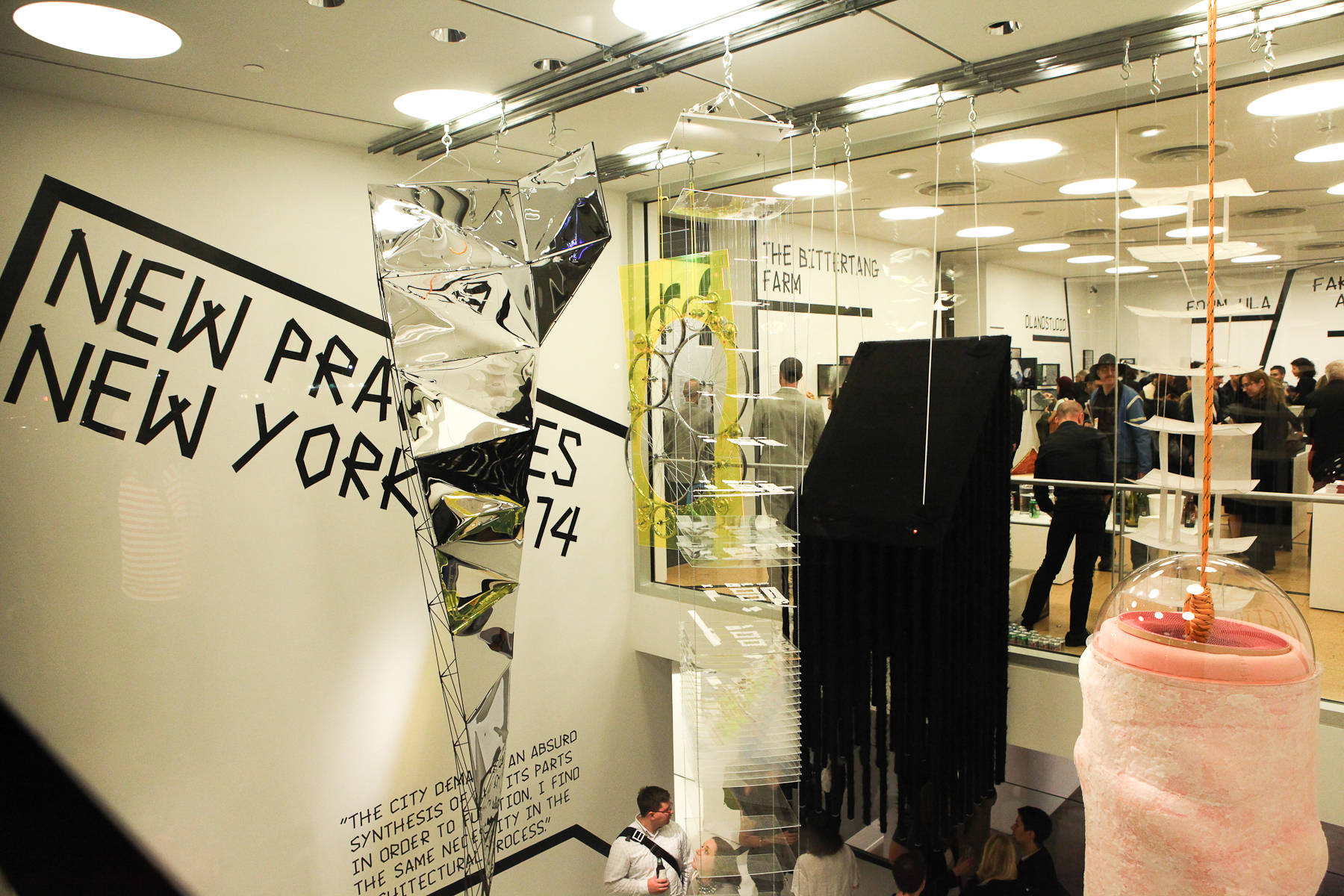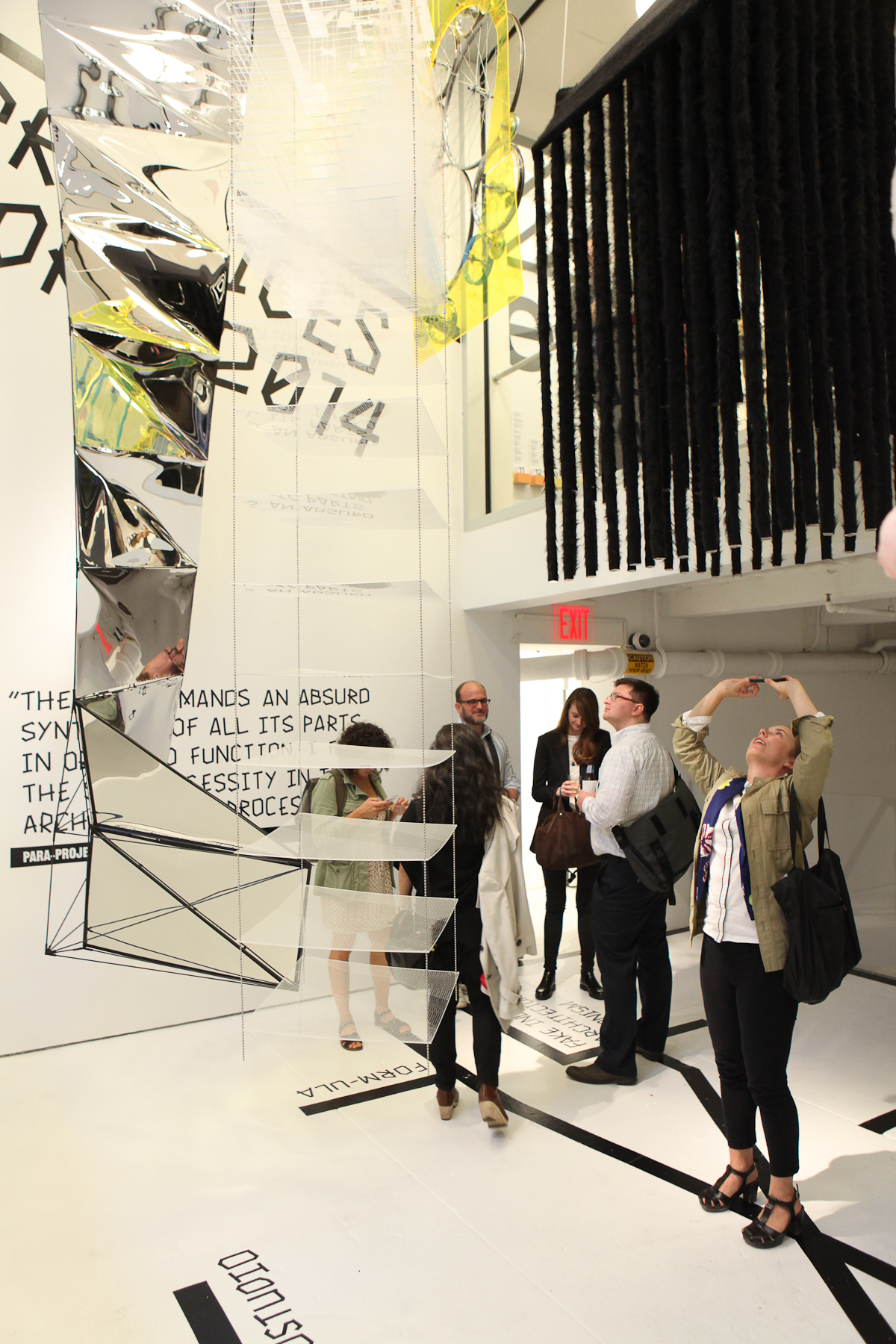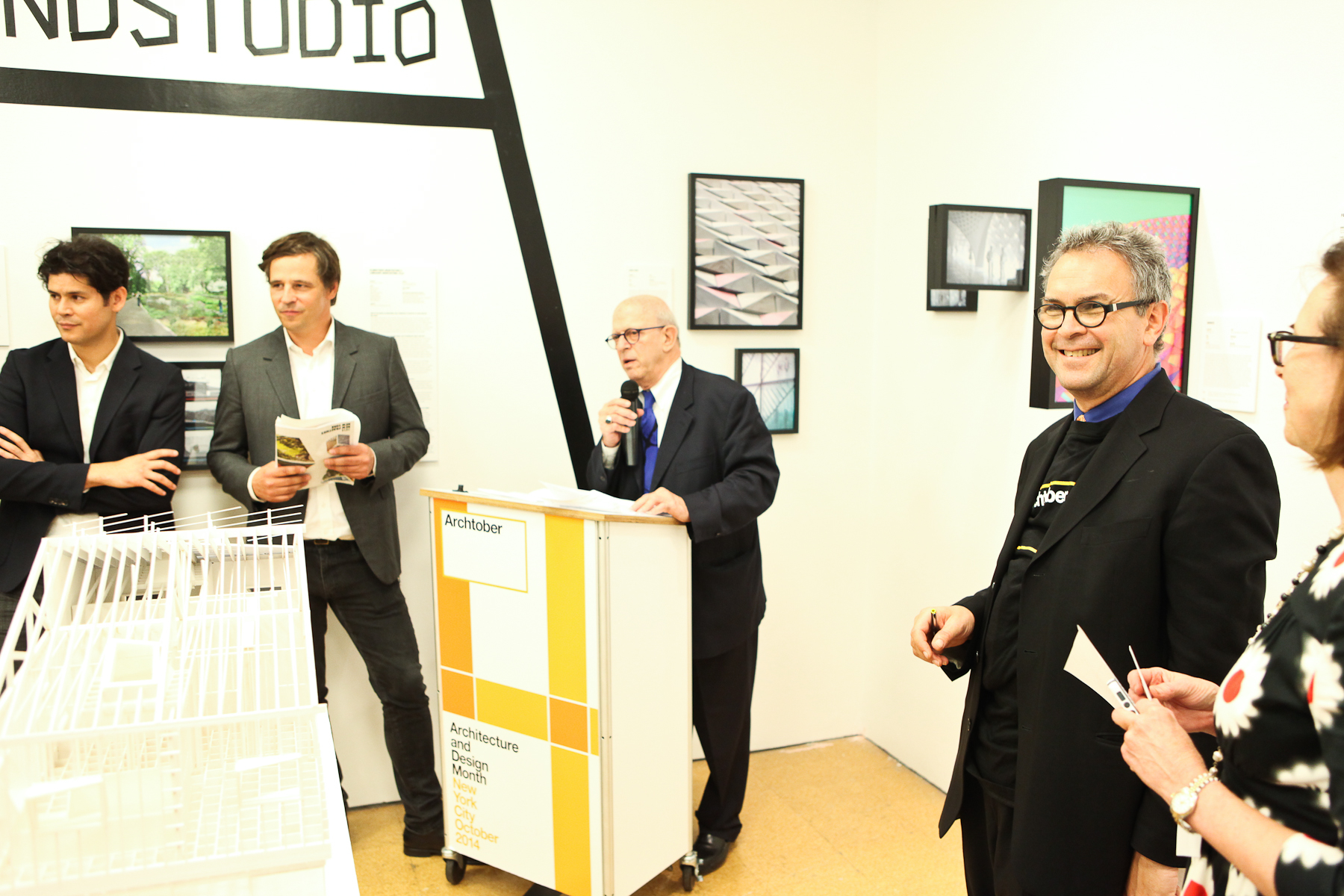by: Alexandra Tell
New York would seem to be the ideal place for young, energetic architects to establish a practice. As a world capital of design, there is no shortage of development here – new skyscrapers are erected, old buildings reimagined, and civil infrastructure projects initiated. But with Goliath architecture firms like Skidmore, Owings & Merrill and HOK offering steady and reliable, if not particularly innovative or challenging, designs, it can be difficult for new firms to get a foot in the door. With the pressures of the market economy underlying design decisions, developers and city agencies alike are likely to make a safe choice when it comes to architecture. But what is gained without taking risks? What happens to the cultural fabric of the city if architecture loses and its creative edge becomes relegated to a developer’s afterthought, or gets saddled with political dueling? How can New York combat the trend toward banality and encourage innovative design practices to take root here?
Such were the issues on the table at the panel discussion preceding the opening of “New Practices New York 2014” on 10.01.14. The exhibition, which comes out of a biennial competition hosted by the AIANY New Practices Committee, celebrates emerging New York architects who are swimming against the design tide in the city. Four of six of this year’s winners were on hand the night of the exhibition opening to present on their work and discuss how to make New York more hospitable to innovative design practices. The panel, moderated by Beatrice Galilee, curator of architecture and design at the Metropolitan Museum of Art, was alternately optimistic and cynical about the opportunities for architects to realize their exciting and experimental projects, but each presenter articulated a unique and definitive role for architects in society, offering insight into the gamut of work going on in New York.
Susannah Drake, AIA, FASLA, of dlandstudio architecture + landscape architecture, focused on the architect as a political player. “When political visions and design visions combine, good things can happen,” Drake asserted, underlining her practice’s commitment to creating a more ecologically resilient city with projects like Gowanus Canal Sponge Park. Cristina Goberna and Urtzi Grau of Fake Industries Architectural Agonism articulated their vision of the architect as a public intellectual, “someone who could engage in conversations that have to do with the creation of city, that could talk to politicians, and write for newspapers.” Richard Serrach of form-ula spoke about expanding the field of architecture to include graphic and digital design, allowing architects to take more risks, while Jon Lott of PARA-Project avowed the need to remind the public of architecture’s relevance to culture and city environments. And while the architects on the panel bemoaned the financial hostility of the city and the lack of public funding for innovative projects in New York, many noted that cultural institutions such as MoMA and the Van Alen Institute sustain New York’s relevance as a hub of architectural discourse.
When the panel ended and the crowd funneled upstairs to view the exhibition, any cynical undertones about New York as an inhospitable environment for exciting architecture subsided. The projects on display are invigorating and unique, covering a range of architectural impulses, “the performative side, the in-depth political side, the beautiful objects, and the technical and research oriented,” as Galilee described the show.
Fake Industries Architectural Agonism displays its sensual Rooms: No Vacancy for MOMA PS1 project. Engaging visitors in a sensory experience by presenting models for idealized party environments in individual lenses that attendees can hold up to their eye, the project transports viewers to the party scene before them. Similarly performative in nature are the undulating sculptural forms by NAMELESS Architecture. The clean, concrete forms of the firm’s EPS Grotto create a playful and unexpected environment for park-goers in Seoul, South Korea. The Bittertang Farm’s saccharine sculpture, “Romulus and Remus: A Succulent Piñata,” evokes a simultaneously sweet and spooky environment that cleverly reimagines a ubiquitous party object.
The projects on display from dlandstudio and form-ula tend more towards the political work of architects. dlandstudio’s Gowanus Canal Street-end Sponge Park speaks to the needs of a post-Hurricane Sandy city, presenting a replicable model for public space that also serves as an ecological intervention.
Form-ula’s BKM (Brooklyn Mosque) integrates technological research about building skins with a pointed analysis of how cultural and religious institutions interact with their communities – the porous and ever-changing skin around the mosque allows the religious center to remain in ongoing conversation with their surrounding environment. Para-Project’s designs also emphasize fluidity and flexibility for cultural environments. The mutable program that defines the La Casita and Van Alen Institute projects creates serene spaces that allow life to unfold within them.
The multifaceted approaches to architecture espoused by each of the six New Practices New York 2014 firms come together in a dramatic array of installations, occupying the Center for Architecture’s double-height storefront space stretching from the street-level gallery to the mezzanine level below. Each of the installations distills something of a philosophical treatise on contemporary architectural practice. The exciting and dizzying array of colors, materials, and weights, and the distinctive visual and conceptual languages of each transport visitors to a variety of physical and metaphysical places. And while these installations can feel visually cacophonous at first, that conglomeration of unique forms is precisely what the exhibition intends to do – to overpower a tendency towards banality and replace it with innovation and dynamism.
Alexandra Tell is a Public Information Assistant at Center for Architecture. She studied Art History at Oberlin College.
Event: Roundtable Discussion and Exhibition Opening | “New Practices New York 2014”
Location: Center for Architecture, 10.01.14
Speakers: Susannah Drake, AIA, FASLA, dlandstudio architecture + landscape architecture; Cirstina Goberna and Urtzi Grau, Fake Industries Architectural Agonism; Ajmal Aqtash and Richard Sarrach, form-ula; Jon Lott, PARA-Project; and Beatrice Galilee, Curator of Architecture and Design, Metropolitan Museum of Art
Organizers: AIANY New Practices Committee
Sponsors: Hafele (underwriter), Axor Hansgrohe (sponsor), The Architect’s Newspaper (media partner), Brooklyn Brewery (beverage sponsor)













